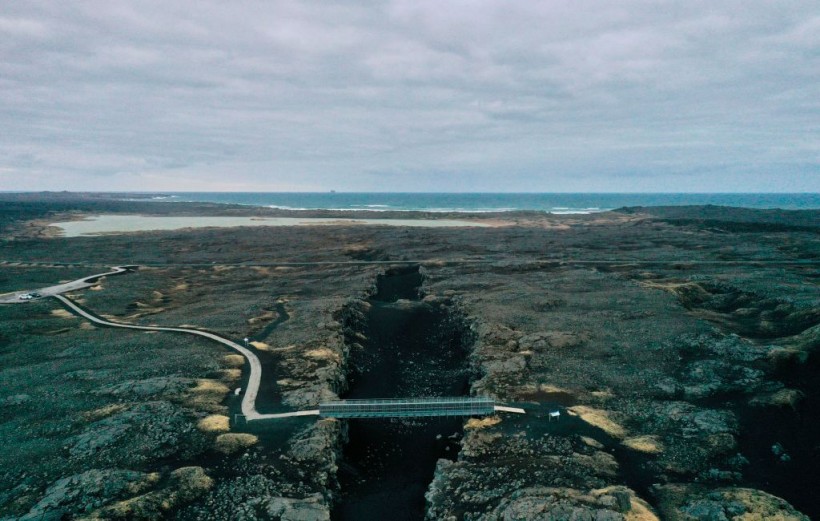A recent study suggested that plate tectonics drove the mass extinction amid earth's expansion of life some 500 million years ago.
Supercontinent Gondwana
Experts have found links between the rock layers in Antarctica and Southern Australia, which at the time were part of the supercontinent Gondwana. The study had indicated that similar dynamics were occurring around the supercontinent roughly 513 million years ago, including the uplifting of mountains and the death of ancient reefs.
Further, some eroded material from the continent was pouring into the sea. These moments in time had coincided with the extinction known as the Sinsk event.
Scientists pointed out that the Cambrian explosion, one of the most consequential biological revolutions in Earth history, occurred in two phases separated by the Sinsk event, the first major extinction of the Phanerozoic.
Trilobite fossil data showed that Series 2 strata in the Ross Orogen, Antarctica, and Delamerian Orogen, Australia, had recorded nearly identical and synchronous tectono-sedimentary shifts marking the Sinsk event.
These resulted from an abrupt pulse of contractional supracrustal deformation on both continents during the Pararaia janeae trilobite Zone. The Sinsk event extinction was triggered by initial Ross/Delamerian supracrustal contraction along the edge of Gondwana, which caused a cascading series of geodynamic, paleoenvironmental, and biotic changes.
The said phenomenon included loss of shallow marine carbonate habitats along the Gondwanan margin; tectonic transformation to extensional tectonics within the Gondwanan interior; extrusion of the Kalkarindji large igneous province; release of large volumes of volcanic gasses; and rapid climatic change, including incursions of marine anoxic waters and collapse of shallow marine ecosystems.
It was also said that the extinction of the archaeocyathid reefs coincided with giant mountain-building events.
Experts said that as the mountains popped up on land, the nearby shallow oceans right off the coast subsided in a kind of seesaw motion of the crust. This later caused the archaeocyathid reefs to suddenly deepen, submerging them past their ability to survive.
Following that, erosion from the new mountain ranges dumped layers of cobbles and gravel over the drowned reefs.
Read Also: Explosive Evolution Driven by Tectonic Plate Movement Beneath the Earth [Study]
Tectonic Event
The timing of the tectonic event that experts had documented for the Austral-Antarctic margin of Gondwana corresponded with that of the Sinsk event.
''We posit that tectonic transformation involving inversion from collisional supercontinent assembly to lithospheric-scale orogenic collapse and extension triggered a series of cascading environmental and biotic processes during the Sinsk event,'' researchers noted.
Further, the tectono-sedimentary events along the Austral-Antarctic margin were part of a supercontinent-wide transformation that led to shallow-water carbonate habitat loss along equatorial Gondwana.
These events were also geo dynamically linked to a broad inversion from collisional supercontinental assembly to extensional tectonics associated with lithospheric-scale orogenic collapse within the interior of Gondwana, the latter including eruption of the Kalkarindji LIP.
The tectonic movements that caused mountains to lift in some places also caused the crust to stretch out in others, allowing magma to rise to the surface and harden into the rock basalt.
Experts usually deemed this as a geologic formation known as a "large igneous province."
Related Article: Missing Chunk of Ancient Earth From 160M Years Ago 'Pontus' Tectonic Plate Revealed as Modern-Day Borneo Via Tomography
© 2024 NatureWorldNews.com All rights reserved. Do not reproduce without permission.




![Climate Change is Reducing Dust Levels Worldwide as Arctic Temperature Warms [Study]](https://1471793142.rsc.cdn77.org/data/thumbs/full/70320/280/157/50/40/climate-change-is-reducing-dust-levels-worldwide-as-arctic-temperature-warms-study.jpg)

